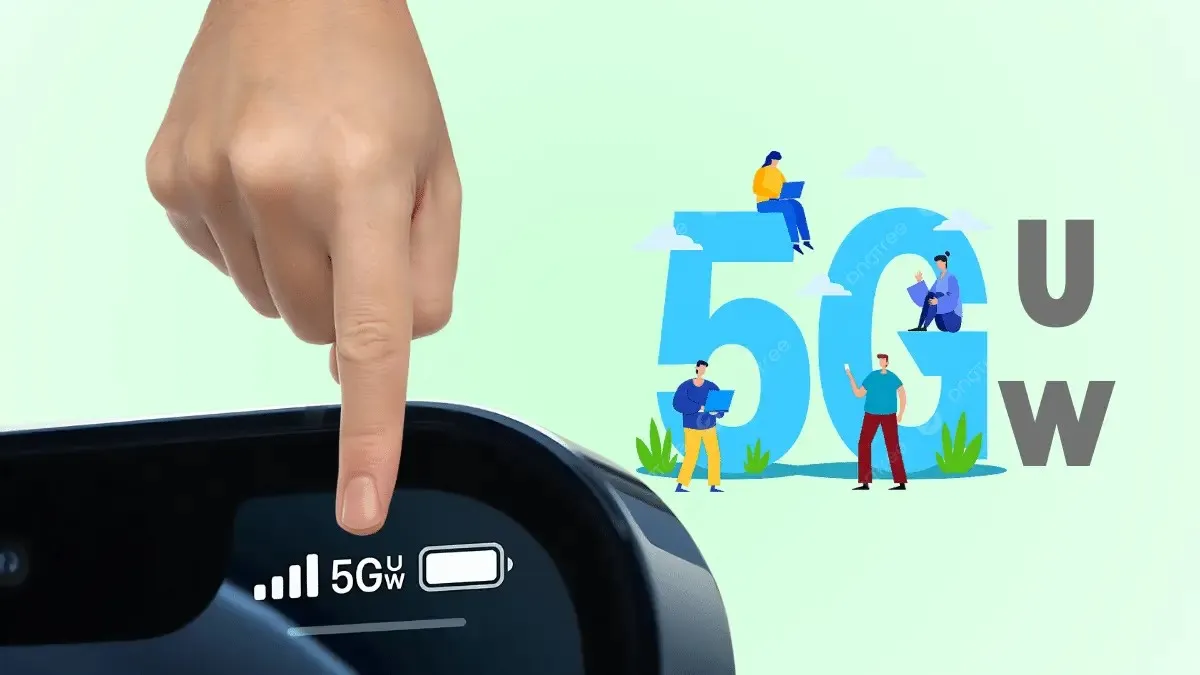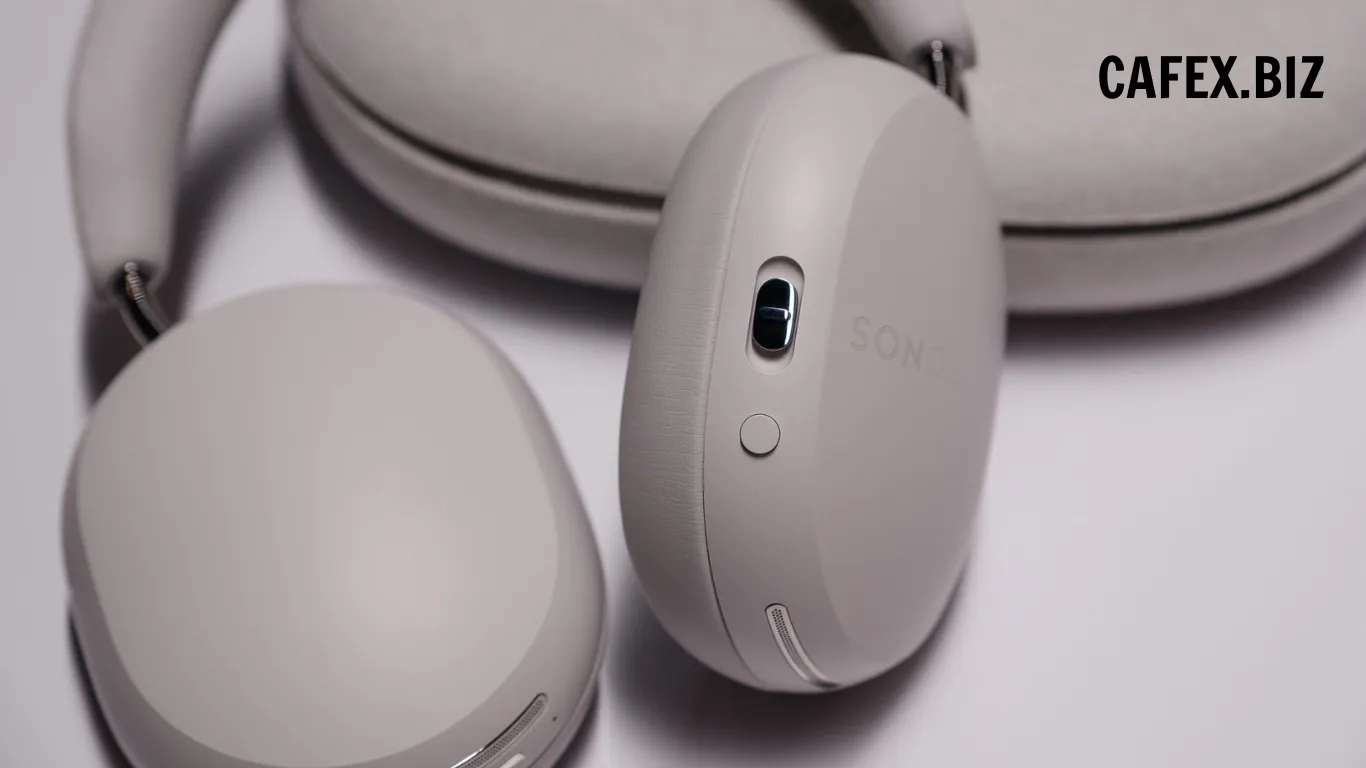The world of mobile connectivity is rapidly evolving, and with it comes a variety of new terms and technologies. One phrase you might have seen pop up on your phone screen or mobile carrier plan is "5G UW." But what is 5G UW, and how does it differ from standard 5G? Whether you're a tech enthusiast or just want faster download speeds, this article will break down everything you need to know about this advanced form of wireless technology.
What Is 5G UW?
If you're wondering what 5G UW means, you're not alone. 5G UW stands for 5G Ultra Wideband, a high-performance version of 5G technology primarily offered by Verizon in the United States. It uses millimeter-wave (mmWave) and mid-band spectrum to deliver blazing-fast data speeds, ultra-low latency, and better connectivity in densely populated areas.
Unlike regular low-band 5G—which focuses on widespread coverage but offers modest speed improvements—5G UW provides the kind of performance that rivals Wi-Fi and even wired broadband. It's ideal for activities like 4K video streaming, cloud gaming, video conferencing, and more.
What Does 5G UW Mean Compared to Regular 5G?
So, what does 5G UW mean in comparison to the standard 5G most users see on their phones? It comes down to the frequency spectrum:
Low-band 5G (Nationwide 5G)
-
Offers wide coverage, even in rural areas
-
Similar speeds to 4G LTE
-
Found on most carrier networks
Mid-band 5G (C-band)
-
Faster than low-band
-
Wider range than mmWave
-
Used by Verizon, AT&T, and T-Mobile for better urban/suburban performance
High-band 5G (mmWave / 5G UW)
-
Extremely fast (up to 10 Gbps under ideal conditions)
-
Very low latency
-
Shorter range and weaker penetration (works best outdoors or in line-of-sight)
5G UW refers specifically to this high-performance tier, often combining mid-band (C-band) and high-band mmWave to offer users the best of both worlds.
Devices That Support 5G UW
To experience the benefits of 5G Ultra Wideband, you’ll need a compatible smartphone and a carrier plan that includes 5G UW access. Fortunately, most new flagship devices support it. Popular options include:
-
iPhone 13, 14, and 15 series
-
Samsung Galaxy S22, S23, and S24 series
-
Google Pixel 6, 7, and 8 series
-
Motorola Edge+ and select OnePlus models
You can usually identify 5G UW compatibility via the 5G UW logo appearing on your phone screen when connected to that specific network.
Real-World Benefits of 5G UW
Let’s break down the actual advantages of 5G UW in everyday use.
1. Faster Downloads and Uploads
Downloading movies in seconds, uploading large files instantly, or streaming ultra-HD videos without buffering is no longer a futuristic fantasy. 5G UW offers speeds up to 10x faster than LTE.
2. Improved Video Calling and Conferencing
With ultra-low latency, 5G UW enhances real-time communication, making video calls smoother, clearer, and less prone to lags.
3. Enhanced Gaming Experience
Gamers will appreciate the responsiveness that comes from millisecond-level latency, which is critical for cloud gaming and multiplayer mobile titles.
4. Support for Emerging Technologies
AR (Augmented Reality), VR (Virtual Reality), and IoT (Internet of Things) devices perform optimally on 5G UW networks, opening doors for next-gen innovation in education, healthcare, and smart homes.
Limitations and Coverage Challenges
While 5G UW is groundbreaking, it does come with a few trade-offs:
-
Limited coverage: mmWave signals don't travel far and struggle with obstacles like walls and windows.
-
Battery drain: The high-performance antenna system can use more battery, though newer chipsets are optimizing power consumption.
-
Device requirements: Not all 5G-capable phones support 5G UW bands, especially older or budget models.
That said, coverage is expanding rapidly, especially in major cities. Verizon has aggressively rolled out its 5G UW network in urban areas, sports stadiums, airports, and other high-traffic zones.
Is 5G UW Worth It?
For the average user, 5G UW is a game-changer—if you can access it. It’s particularly useful if you frequently stream, game, work remotely, or depend on fast and stable mobile internet.
If you live in or near a 5G UW zone, and your device supports it, you'll likely notice a significant jump in speed and reliability over LTE or even standard 5G.
For those outside coverage areas, low-band and mid-band 5G still offer a solid upgrade from 4G—just not at the jaw-dropping speeds that 5G Ultra Wideband provides.
The Future of Mobile Connectivity
In conclusion, 5G UW represents the peak of mobile data performance, blending high speed with low latency to create a transformative mobile experience. Now that you know what 5G UW is and what it means compared to other versions of 5G, you can make informed choices when upgrading your device or choosing a mobile carrier plan.
As more cities expand their 5G UW coverage, and as more devices support the technology, expect this ultra-fast connection to become a standard feature rather than a premium perk. For those wanting the fastest, most future-ready mobile experience, 5G UW is the way forward.






-1708050797.jpg)